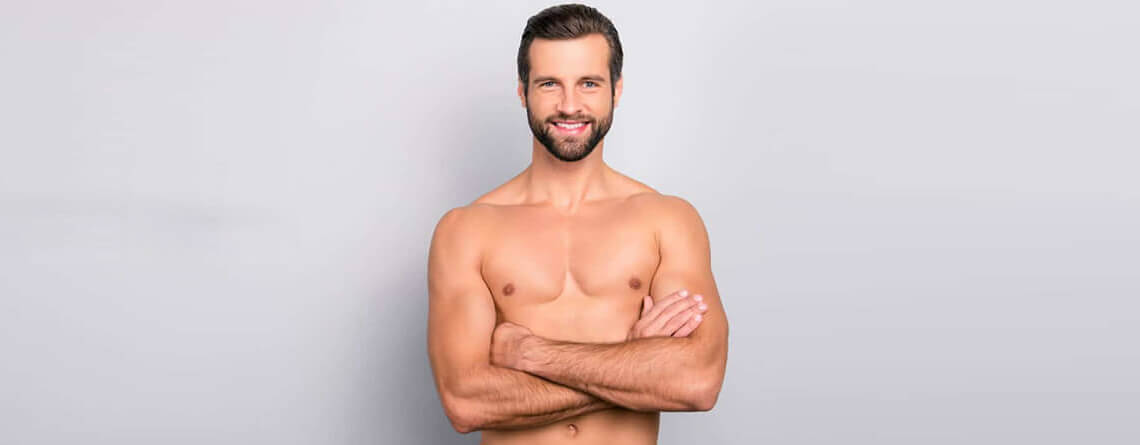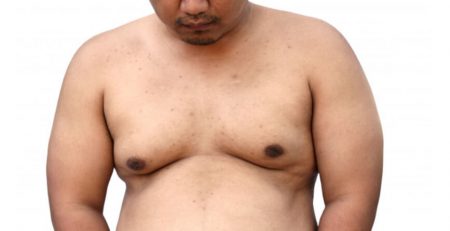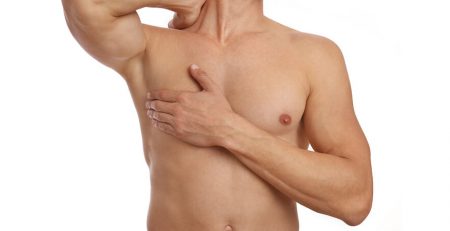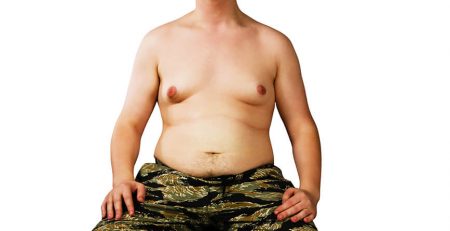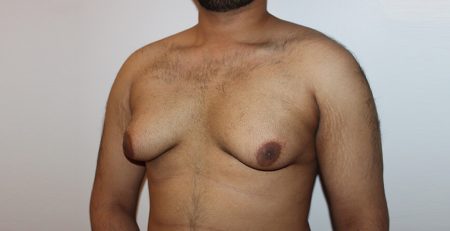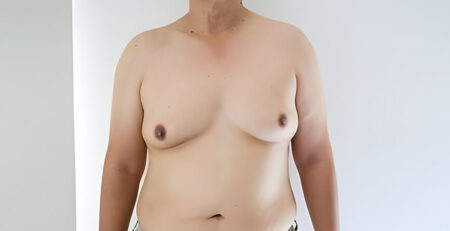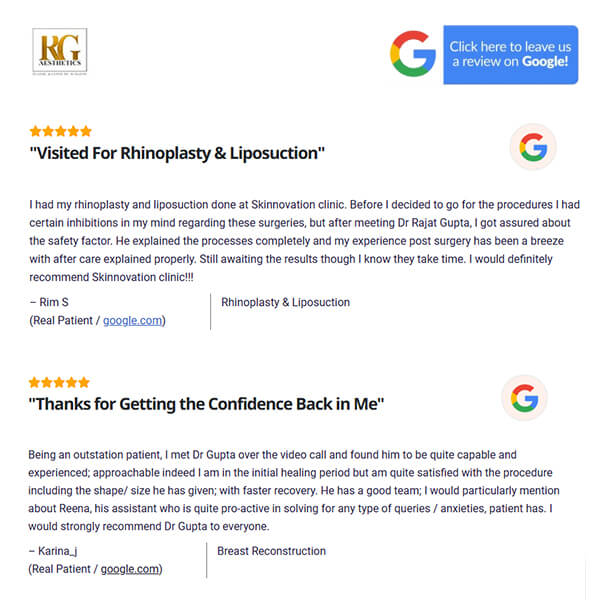Complete Guide to Gynecomastia Surgery By Dr Rajat Gupta
Around the world, a sizable portion of males have severe self-consciousness about their appearance, and this is because many of them notice their developed chests when they glance in the mirror.
And because it isn’t fat, despite how many chest activities people perform, this chest fat doesn’t disappear. Gynecomastia is the term used to describe the enlargement of male breast tissue brought on by a drop in testosterone relative to oestrogen levels.
The disorder, which typically results from typical hormonal changes, might impact one or both breasts and can appear in babies, adolescents, or older males. It can also afflict both breasts.
Gynecomastia is often not a major problem, but it can be uncomfortable to live with because it can hurt and make people feel self-conscious. The issue may clear itself without needing any treatment, but doctors may advise medication or surgery if it doesn’t.
This blog will give you a brief understanding of male breast reduction surgery – Keep reading!
What are the symptoms of Gynecomastia?
Gynecomastia affects more than half of newborns because of the influence of their mother’s oestrogen, and the enlarged breast tissue often goes away three weeks after birth. Hormonal changes throughout adolescence frequently bring on Gynecomastia, and most of the time, the problem goes away on its own between six months to two years.
With a fifth of this age group impacted, the illness is more likely to manifest in older people between 50 and 80. Men tend to put on weight as they age, and their testosterone levels drop.
Lowered testosterone may lead the breast glands to grow, and weight increase results in the accumulation of fatty tissue beneath the breast, giving the male more glandular tissue and fat in the breast. This extra fat can further upset the equilibrium between testosterone and oestrogen since fat cells produce oestrogen.
In addition to normal hormonal changes, consumption of pharmaceuticals, such as anabolic steroids, androgens, anti-androgens, anti-anxiety medications, antibiotics, chemotherapy, heart medications, and drugs used to treat AIDS, can result in Gynecomastia.
Gynecomastia symptoms include the following:
- The expansion of one or both breasts is the primary sign of Gynecomastia. The swollen glandular tissue typically affects both breasts, but occasionally it only affects one. The breast growth about the nipple can be either even or uneven, and it could feel stiff or rubbery. Just behind the nipple, the development could become visible.
- One or both breasts in boys may have a breast bud about the area of a coin. Boys frequently experience them during puberty, and they can last for up to two years.
- Gynecomastia must be distinguished from male breast cancer. Only one breast is often afflicted by cancer, and the tissue is typically not rigid or hard. Slight discolouration of the skin, nipple discharge, nipple retraction, and swollen lymph nodes beneath the arms are other symptoms of cancer that may be present.
- Breast abscesses are another issue that may result in swollen male breasts. However, they are uncommon in men. People who are affected might get a fever or chills. The skin around the swelling may be crimson and feel extremely uncomfortable and hot to the touch.
- When touched, the breast or nipple may hurt or be sore.
The use of drugs like alcohol, marijuana, methadone, heroin, and amphetamines; illnesses like hyperthyroidism, kidney failure, liver disease, and malnutrition; and the use of herbal items like shampoos, lotions, or soaps with tea tree or lavender oil are some other causes.
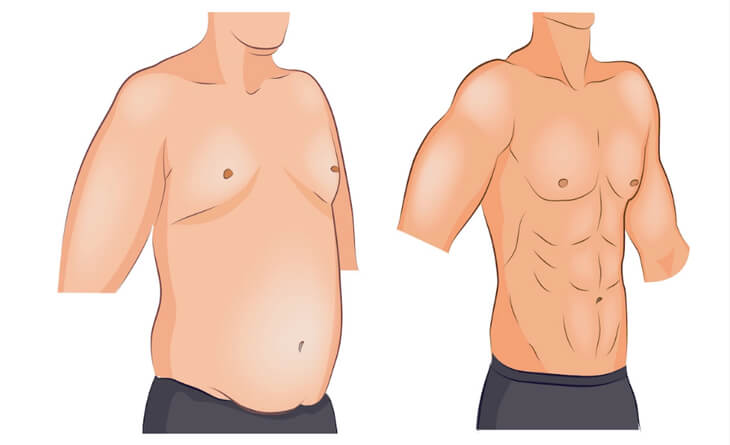
Have questions or want to get started? We are ready to help you with a smile!
Risk factors
Gynecomastia typically has an idiopathic origin. However, it has been demonstrated that it is related to testosterone and oestrogen hormone abnormalities.
A higher amount of maternal estrogens in the blood is assumed to cause this condition’s brief appearance at delivery. Teenage guys may also experience this syndrome due to an oestrogen and testosterone imbalance. The cause of hypertrophy in men over 65 is assumed to be a drop in testosterone levels and a change in the testosterone to oestrogen ratio. Older men are also more likely to use drugs, leading to Gynecomastia.
This condition may be influenced by underlying medical diseases such as breast cancer, obesity, hypogonadism, thyroid disease, adrenal illness, cirrhosis, renal failure, and malnutrition. Adrenal, pituitary, lung, and testicular tumours can affect hormonal changes, leading to imbalances and eventually Gynecomastia. Digoxin, thiazides, estrogens, phenothiazines, and theophylline are some of the medications that have been demonstrated to be associated with this illness.
The use of marijuana and other recreational substances has also been linked to this condition. Methotrexate, alkylating agents, imatinib, and vinca alkaloids are chemotherapeutic medications that have been linked to Gynecomastia. The most popular medications, however, are cimetidine, spironolactone, ketoconazole, and finasteride, which have estrogen-like properties.
Gynecomastia is not a lifetime condition, although it can be quite upsetting for aesthetic reasons. Breast cancer is also a very slight possibility. A multi-professional team that includes a nurse practitioner and pharmacist is the most effective at treating Gynecomastia. The initial step is to check out any medicines contributing to the disorder; as a result, the pharmacist should review the patient’s prescriptions and advise stopping the offending medication. Additionally, patients must be made aware of the negative effects of alcohol and marijuana, two rather typical causes of Gynecomastia.
How to prepare for Gynecomastia
Gynecomastia, or male breast enlargement, can be effectively treated with breast reduction surgery. Although most of the work is done during the surgery, you can lessen the risks and achieve the results you want with the right planning and aftercare.
The majority of people are unaware of the significance of preoperative planning. And having good physical and mental preparation for the procedure can greatly enhance the results. Here are four suggestions to help you prepare for male breast reduction surgery.
Specify your goals for the Gynecomastia surgery procedure.
During a male breast reduction procedure, extra fat and glandular tissues are removed from the chest area. Your only intention throughout the procedure might be to get the excess tissues removed. However, you also have the option to take care of other cosmetic issues, such as relocating nipples, removing extra skin, and shrinking the size of the areola and nipples.
Gynecomastia surgery procedure can be combined with other procedures to give your chest the correct shape and contour. You might choose stomach liposuction to get better figures in conjunction with a reduction mammaplasty, as liposuction will be performed to reduce the fat tissues from the chest area.
Make the required dietary and lifestyle changes.
Gynecomastia frequently has links to dietary practices and way of life decisions. Habitually consuming certain foods, supplements, or drugs may contribute to breast growth. As a result, you must stop consuming the vitamins and foods that are causing your issues and seek out alternate medications from your doctor.
You will also need to make extra lifestyle adjustments to enhance your general health and ability to heal before the operation. The necessary dietary and lifestyle changes include:
- Consume fresh produce.
- Reduce your sugar intake.
- Limit your alcohol consumption.
- Stop using steroids, hormone pills, and other recreational drugs.
- Give up smoking completely.
These pre-surgery suggestions can assist you in leading a healthier lifestyle and enhance the results.
Preparation for the recovery period
Making the appropriate preparations in advance is crucial because the recuperation phase follows the Gynecomastia surgery procedure. After the procedure, you probably require assistance for a few days. As a result, you should invite your friends and relatives to stay with you and assist with household tasks.
You’ll also require assistance with the following:
- Arrangement of a friend or family member to drive you home
- Moving to the residence
- Arrangement of healthy food
Excluding housework, it will be preferable if you organise your space so everything is accessible will be preferable. Smaller measures like placing a bedside table and keeping your bandages and medications in the drawer will help you avoid asking someone else to handle these things for you.
Select a Qualified Plastic Surgeon for Your Treatment
Selecting the finest plastic surgeon is important to achieving male breast reduction surgery. You should take the following factors into account as you choose your surgeon:
- Board certifications and the surgeon’s skills
- The surgeon’s area of expertise in male breast reduction surgery and the total number of operations they have carried out
- Images showing the before-and-after results of the surgeon’s prior gynecomastia operations
- Communication abilities and transparency from the surgeon regarding possible dangers and complications
A qualified doctor will also give you detailed information on preparing for the procedure.
Being well-prepared before surgery is usually advantageous. Not only will you know what to expect from the treatment, but you’ll also be able to handle things more easily once you’ve recovered.
Summing Up!
Gynecomastia procedure in Delhi aims to increase self-confidence and enable you to walk out, baring your chest whenever you desire. We work to help you achieve the level of comfort in your own body that you deserve.
Dr Rajat Gupta knows all the intricacies and anything that can keep you from baring your chest, and this is another reason he makes sure your results are scar-free. This will give you the magnificent flat and athletically developed chest you deserve by fusing his knowledge with our cutting-edge technology.
Dr. Rajat Gupta
MBBS, MS, DNB(Gen. Surg.),
DNB (Plastic Surgery)
Dr. Rajat Gupta is a board certified plastic surgeon in India with 15 years of experience to back his expertise in the domain of aesthetic surgeries.
Having completed his training from Maulana Azad Medical College and equipped with a thorough understanding of aesthetic needs of people, Dr. Gupta strives to offer the best remedies and cosmetic procedures outfitted with the latest technology to the aspirants in India and across the globe. To book an appointment, call: +91-9251711711 or email: contact@drrajatgupta.com

